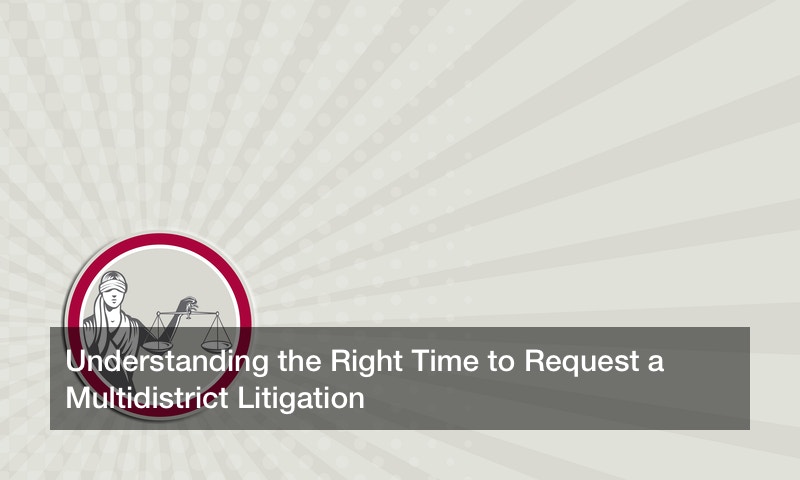In multidistrict litigation or “MDL” procedure, all similar cases are consolidated and transferred to one federal court to make the process more convenient and efficient. Common lawsuits involving MDL include security frauds and product liability, particularly for pharmaceuticals and defective medical equipment.
When is MDL application necessary?
MDLs were established by congress to handle similar lawsuits with similar allegations that involve multiple parties or dozens of class actions. When plaintiffs suffer common liability such as asbestos liability, defective product, or security fraud as a result of corporate negligence, the attorneys involved in their lawsuits may opt to create one strong case by consolidating individual lawsuits in what is referred to as MDL.
The thin line between class actions and multidistrict litigation is that in the later, multiple lawsuits are filed by different parties while the former consolidated all the cases into a single lawsuit. So you still get to retain your attorney throughout the litigation process and get the services of a group of lawyers appointed by the court to resolve the matter.
The formation of MDL is essential during pretrial proceedings to avoid duplicative discovery and once it is established, it helps streamline the evidence collection process and build a strong testimony that can is used to strengthen or weaken the allegations in the lawsuit.
When is the right time for a defendant to seek an MDL?
Timing is crucial when filing for an MDL transfer motion. Going very early in litigation may put you as the defendant in a tactical disadvantage situation where yo
u’re not sure whether developing litigation will gain ‘momentum’ among members of the plaintiff’s bar. Wait to assess the complete scope and trajectory of the lawsuit before venturing into a high-profile MDL case. Likewise, in the initial stages of litigation, it’s very uncertain where MDL can be applied. Therefore, waiting will not only provide insight into where MDL should be assigned but also offer certainty as to the type of judges likely to favor an MDL transfer.
The benefits of seeking an MDL very early in litigation, however, are many and make economic sense as well. Consolidated discovery ensures efficiency in evidence collection and consistency throughout the ruling process. Moreover, developing a productive engagement and coordination between state and federal realistic when MDL is established early before the proceedings advance to beyond the MDL phase.
Another important factor when timing the transfer application is the bottleneck procedures that subject MDL transfer motions under tough scrutiny. Filing too early may warrant cancellation as the Panel may not find enough reasons to justify multidistrict litigation because there are bare minimums of actions that have to be attained first.
Once the MDL transfer motion is accepted and the discovery phase is over, the judge will use some of the individual lawsuits as a ‘test run’. This trial process helps both the defendant and the plaintiffs to best predict the decisions of the jury. For example, if you substantially lose in this trial period, the plaintiff or the company may trigger litigation settlement outside the court to avoid jury trial.
Essentially, attorneys look to go the settlement route when it comes to litigation but if not settlement can be agreed, then the cases are reverted back to court and treated as individual lawsuits.





